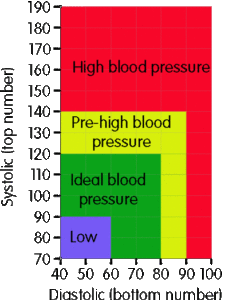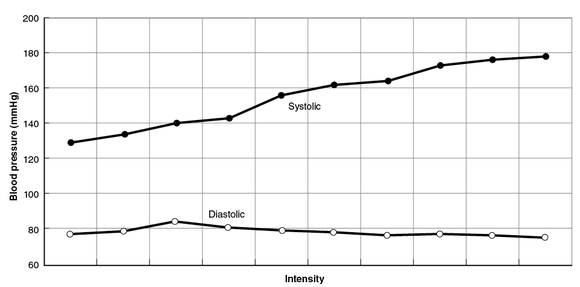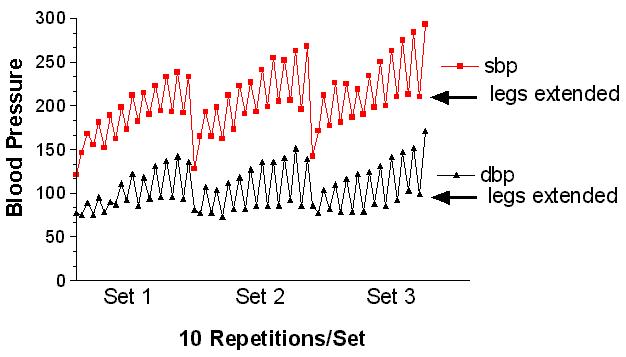 Blood pressure is used as a measure of health and fitness, and measures the pressure exerted by the blood onto the artery walls. This measure is taken using a sphygmomanometer together with a stethoscope, or an electronic blood pressure monitor. Blood pressure is measured in mmHg and consists of two numbers, your systolic pressure and your diastolic pressure. Systolic is the blood pressure in the arteries during a contraction of the heart, while diastolic is the blood pressure during the relaxation and filling of the heart.
Blood pressure is used as a measure of health and fitness, and measures the pressure exerted by the blood onto the artery walls. This measure is taken using a sphygmomanometer together with a stethoscope, or an electronic blood pressure monitor. Blood pressure is measured in mmHg and consists of two numbers, your systolic pressure and your diastolic pressure. Systolic is the blood pressure in the arteries during a contraction of the heart, while diastolic is the blood pressure during the relaxation and filling of the heart.
Optimum blood pressure is under 120/80 mmHg, and between this and 139/89 mmHg is considered normal. Any higher than this is high blood pressure. Hypertension is a disease when a person has consitently high blood pressure. Hypertension can cause damage to your “blood vessels, heart, brain and other important organs.”
Blood pressure during exercise
Blood pressure changes during exercise, as would be expected, since during exercise your ventricles contract more forcefully. This causes an increase in systolic pressure during exercise, which continues to increase according to the intensity of the workload. However, your diastolic pressure decreases because your arterial walls dilate (relax) to allow greater flow of blood.
Blood pressure responds slightly differently when the exercise is resistance or strength training. The graph below depicts the changes in blood pressure during repeat sets of a leg press. The top is the systolic pressure, while the bottom is the diastolic pressure. Both show that during the lifting phase or concentric contraction blood pressure goes up quickly, but decreased during the eccentric or lowering phase. This spike in blood pressure goes up higher if a valsalva maneuver is used (essentially holding your breath while lifting).
Although during this type of training blood pressure reaches very high levels, it is not considered dangerous, unless you already have an underlying cardiovascular issue, in which case you will need clearance from a medical professional before engaging in any type of exercise, but especially resistance training.
Resources
G. Gregory Haff and Charles Dumke (2012). “Accurate blood pressure measurement critical to exercise prescription” in Laboratory Manual for Exercise Physiology with Web Resource.
R.W. Gotshall, J. Gootman, W.C. Byrnes, S.J. Fleck and T.C. Valovich (1999). “Noninvasive characterisation of the blood pressure response to the double-leg press” Journal of Exercise Physiologists Vol 2 Num 4.



